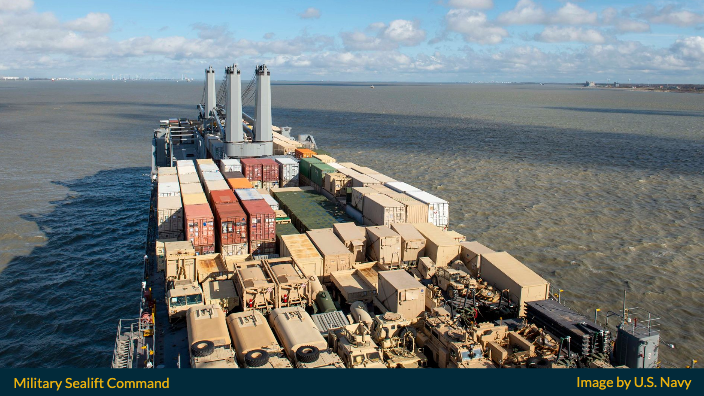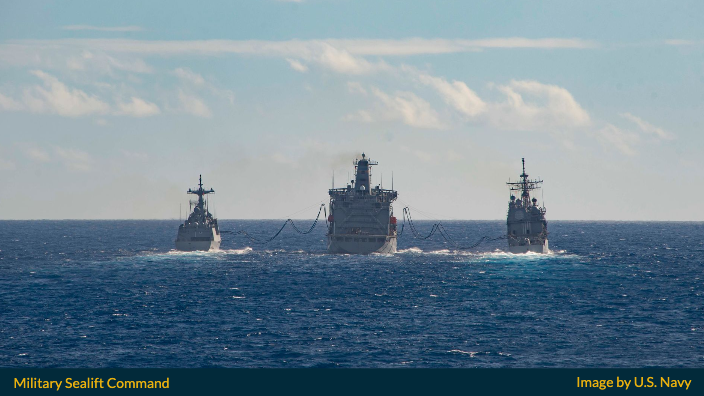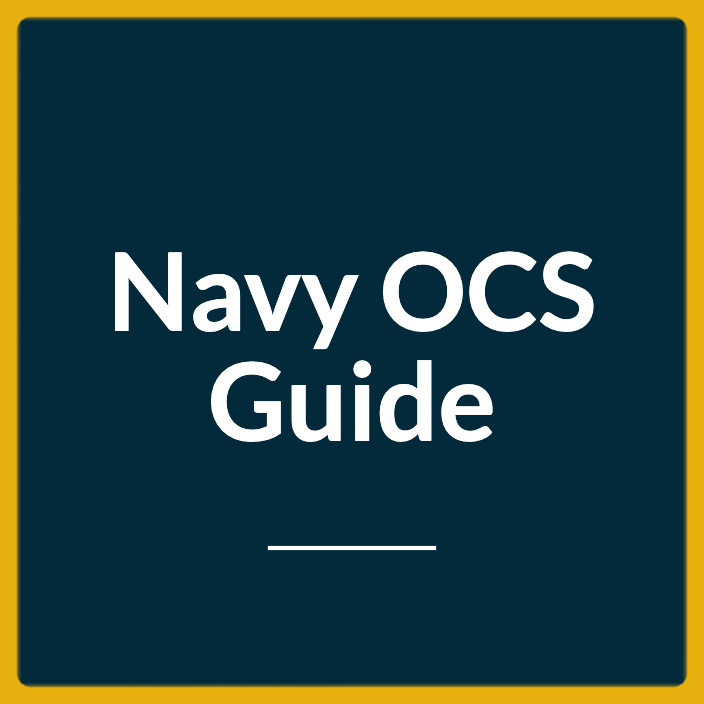This guide provides helpful information for those looking to become a Strategic Sealift Officer during Fiscal Year 2025.
What is a Strategic Sealift Officer?
Strategic Sealift Officers (SSO) are commissioned officers in the United States Navy Reserve designated to provide strategic sealift during times of national defense or disaster.
Strategic Sealift Officer Program (SSOP) offers emergency crewing and shore-side assistance for Military Sealift Command’s Surge Sealift Fleet and the Ready Reserve Force during times of national defense or emergency.
“It is the policy of the United States that merchant marine vessels of the United States should be operated by highly trained and efficient citizens of the United States and that the United States Navy and the merchant marine of the United States should work closely together to promote the maximum integration of the total seapower forces of the United States.”
(46 USC 511)

History
The U.S. Navy has deep roots in the American Merchant Marine. From the American Revolution to World War II, Merchant Mariners played a critical role in naval operations.
- Revolutionary War: Almost every Naval Officer and sailor came from the Merchant Marine.
- Early Navy: Many of the first Navy warships were armed merchant vessels.
- Training Tradition: Officers and midshipmen sailed on merchant ships to build seamanship skills.
- Pre-WWII: The Merchant Marine was the Navy’s largest source of trained officers.
The Merchant Marine Act of 1936
Passed to ensure the U.S. always had a strong Merchant Marine ready to support the Navy and military in war or national emergencies.
The Birth of SSOP
- On June 10, 2011, the Deputy Chief of Naval Operations for Fleet Readiness and Logistics approved the transition of the Merchant Marine Naval Reserve Program into the Strategic Sealift Officer Program (SSOP).
- Before WWII, qualified Merchant Marine officers joined the Naval Reserve, stepping up to defend the country before the war even began.
The Merchant Marine and Navy have always been linked—from America’s earliest wars to modern-day naval strategy.
Crucial Link
At the end of World War II, the U.S. Navy had a much larger fleet than today. But one core mission hasn’t changed: protecting critical sea lanes in wartime.
How Strategic Sealift Became a Navy Priority
- Since the 1980s, Strategic Sealift became a Navy-assigned mission—essential for moving military cargo and personnel.
- With fewer Navy ships, the Merchant Marine plays a bigger role than ever.
- MARAD and Military Sealift Command now operate government-owned ships with civilian crews to carry out sealift operations.
The Role of the Strategic Sealift Officer Program (SSOP)
SSOP exists to strengthen the bond between the Navy and Merchant Marine.
- SSO officers are the key link between merchant and naval ships during joint operations.
- They ensure sealift missions integrate smoothly into Navy operations.
- Their expertise keeps critical supply chains moving in wartime and crisis situations.
With fewer warships, Strategic Sealift Officers are more essential than ever in keeping the Navy mission-ready.

How to Become a Strategic Sealift Officer
To become a Strategic Sealift Officer, applicants must be American citizens, between 21 to 42 years of age, who graduated from the U.S. Merchant Marine Academy or any of the state maritime academies. Applicants must also have the necessary licenses and credentials to perform this job.
The basic eligibility requirements listed below are current as of June 2019, per the Navy Personnel Command. No updates have been issued so far.
Basic Eligibility Requirements
| Citizenship | Applicants must be United States citizens. |
| Gender | Open to both men and women. |
| Age | At the time of commissioning, applicants must be at least 21 years old and less than 42 years old. Prior service will be credited on a year-for-year basis up to age 52. |
| Education | Graduates of the United States Merchant Marine Academy in Kings Point, New York, or one of the State Maritime Academies in New York, Maine, Texas, Massachusetts, or California, the regional Great Lakes Maritime Academy, any accredited industrial school, or a bachelor’s degree in science from an accredited institution. |
| Physical | In accordance with Chapter 15 of the Manual of the Medical Department. |
| Duty Preference | Must be actively sailing in the maritime sector or engaged in a capacity that the SSO flag sponsor or SSO deputy flag sponsor deems mission-useful. |
| Marital Status | No restrictions. |
| Licensure/Certification | Possess a valid U.S. Coast Guard unlimited officer license at the minimum level of Second Mate or Second Assistant Engineer, as well as current Standards of Training, Certification, and Watchkeeping (STCW10) certifications. Licenses renewed for continuity or for service on domestic, coastwise, or restricted tonnages or horsepower are ineligible. |
Upon Selection
Within one year of commissioning, selected candidates must complete the 2-week SSO Post-Commissioning Indoctrination.
Candidates will be commissioned as Ensigns in the U.S. Navy’s Restricted Line, designator 1665.
Service Obligation
- Selected individuals will be required to serve in the individual ready reserve for eight years.
- Selected candidates must complete the program participation standards stated in OPNAVINST 1534.1E, Strategic Sealift Officer Program.
- Selected individuals must have the ability to gain and maintain a security clearance.
- Candidates must have a valid USCG license and STCW10 certifications.
- Selected individuals must continue to be eligible for mobilization and global assignment.
- Selectees will be immediately deployed to the Strategic Sealift Ready Reserve Group (SSRG IRR UIC 2525M). After qualifying for and receiving the SSO warfare insignia and AQD, SSOs may request to join the Selected Reserve as a drilling member.
More Information
If you are interested in the Navy Strategic Sealift Officer program, the next logical step is to contact your local Navy Reserve Officer recruiter.
They will guide you through the qualification and application process.
You may also be interested in reading this guide about the Navy Reserve Officer program.
Hope you find this helpful to your career planning.

